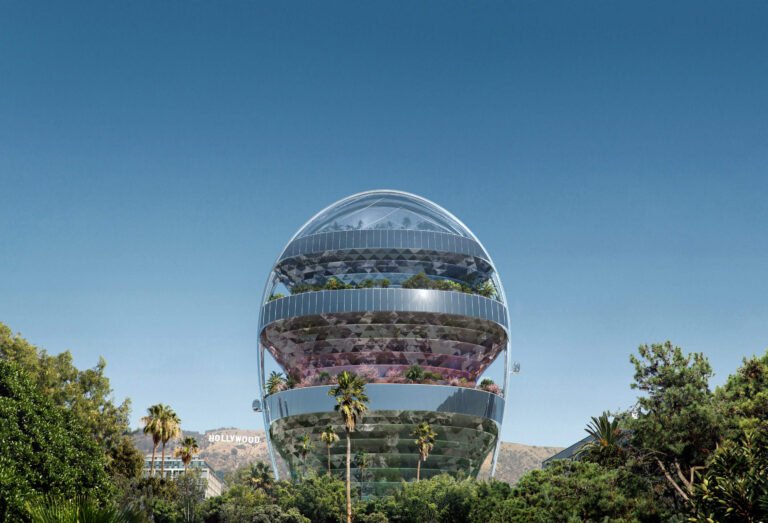DK Branch Office / skimA


Text description provided by the architects. DK Daegu branch HQ is located on Daebong-ro in Daebong-dong, Jung-gu, Daegu Metropolitan City. Daebong-ro is a street of small commercial facilities, called Bonnidan-gil, and was once a street with a lot of floating population but now popularity has declined due to the redevelopment of apartments. In the back of the site, ‘Cheongwoon Mansion apartment complex is located, and by chance, the site faces a 200 m-long open view between the apartment buildings.



The DK company has been using an old single-story house as the local branch office at the site but planned a new construction to accommodate an expansion of business as well as to make a profit by renting lower-level floors. The design goal is to express the identity of the company and also to avoid the stepped form driven by slant line restriction for the right of light regulation as the site sits in a residential area. The focus is to articulate a single building that suits both commercial & workspace programs.

Indentation – The overall massing is indented in a direction toward the main street to avoid the stepped shape but to acquire a three-dimensional front facade. The commercial space of the lower floor expresses the linear horizontal plate for openness while the upper office space projects the solidity & identity of the company. The top floor with a pitched roof barrel form is topped with a great penetrating view. The volume formed according to the characteristics of each program was recognized as a stacked shape, rather than a cascading shape.


In the lower part, openness through full-height windows and an external terrace on 2nd level facing the main street is intended to create a lively atmosphere in continuity with the commercial street. A neighboring fence with tooled surface surrounds the ground floor to provide a cozy atmosphere. A vertical wall with Calacatta marble was independently placed on the lower level of the horizontal plate to secure a sense of proportion to the front facade and to divide the main entrances.


In the upper part used as a workspace, the openings were minimized to express a solidity for the front facade in contrast with the glassy lower part, and windows and doors were placed on the side linked to the external terrace. The outer shell of the solid volume is finely articulated through vertically arranged curved terracotta panels to create a texture, and the soft curved shadows reveal the richness of the surface.







